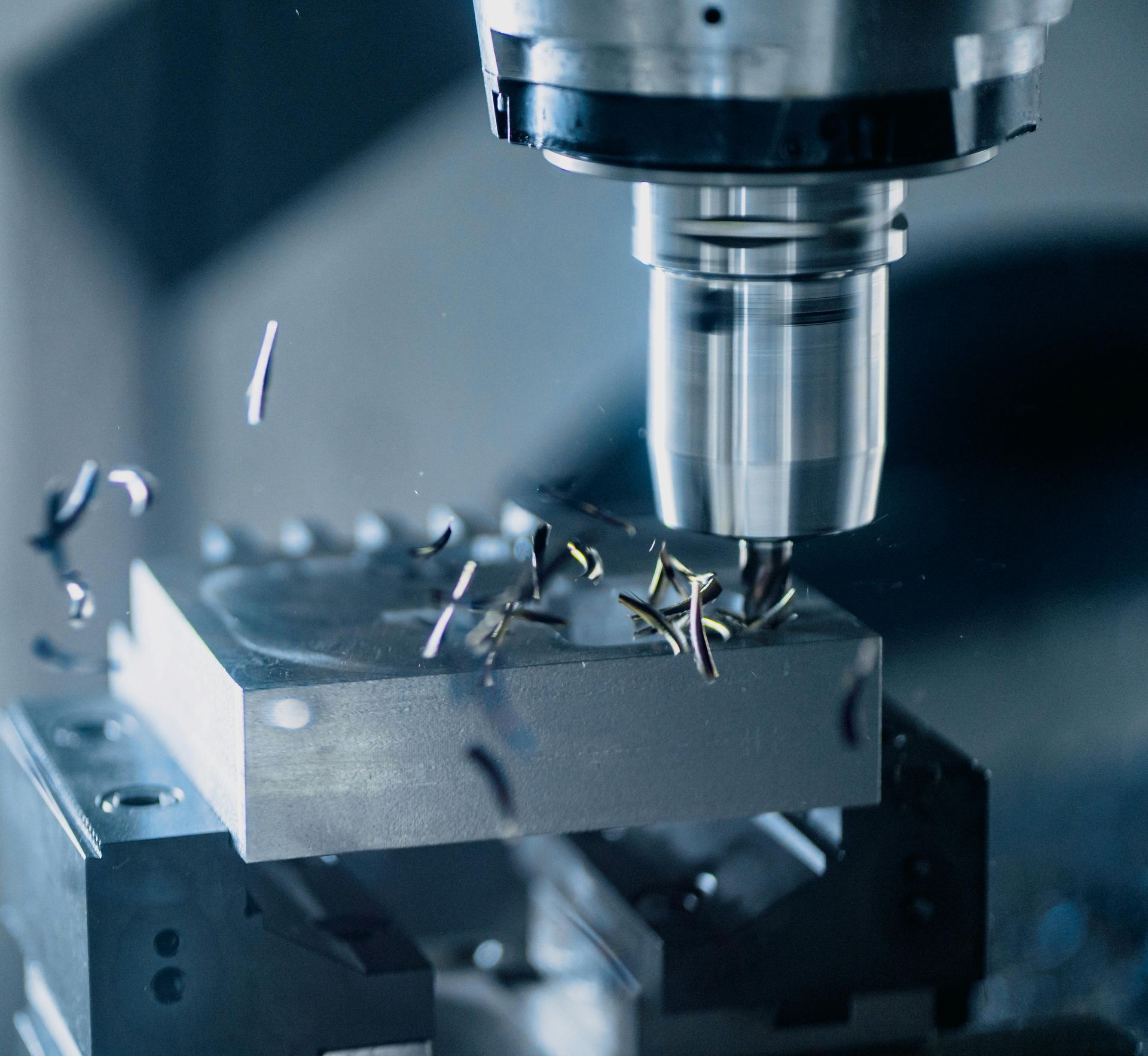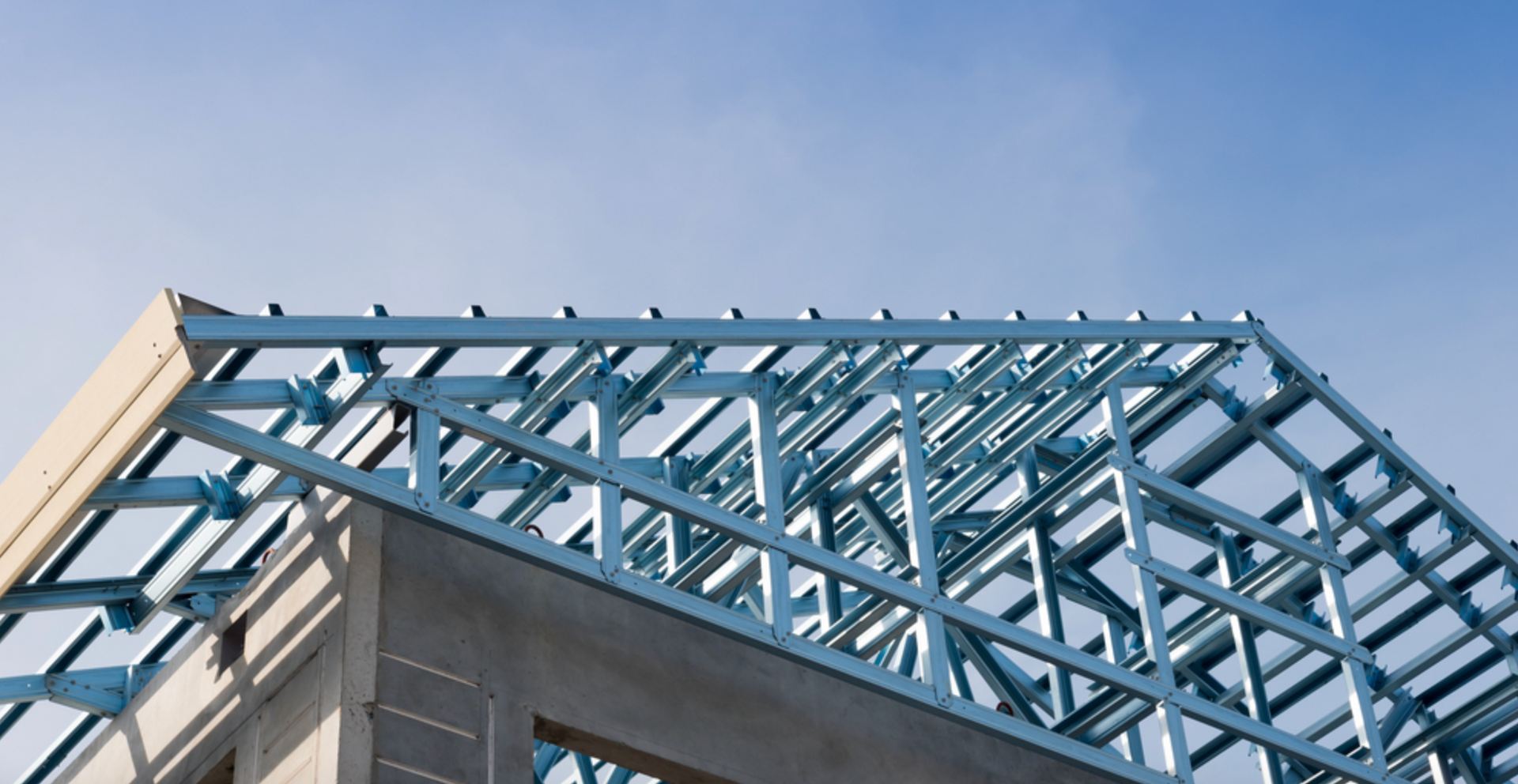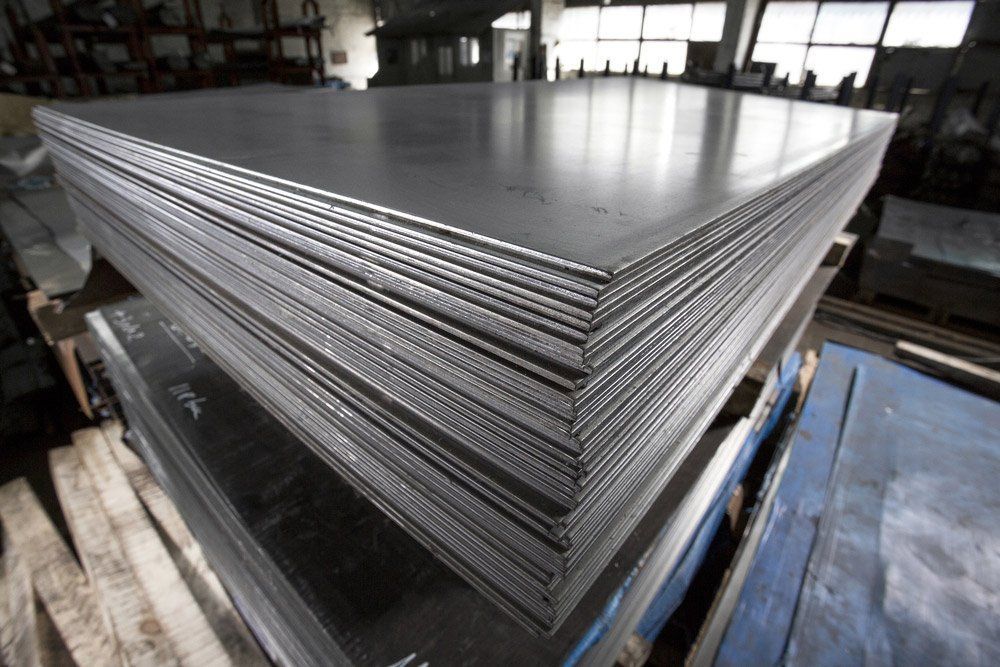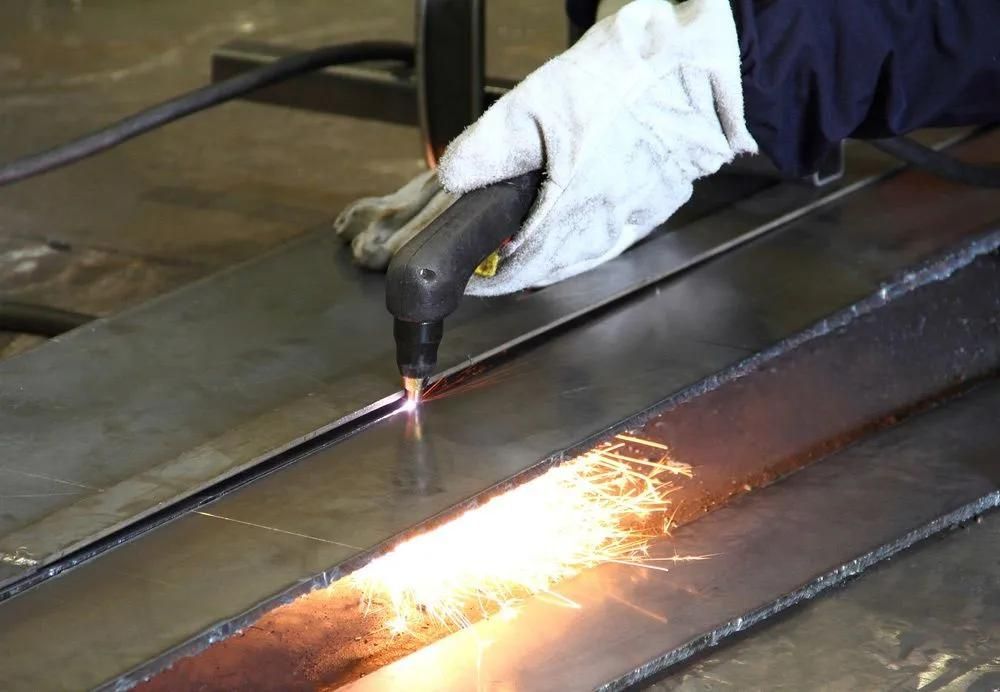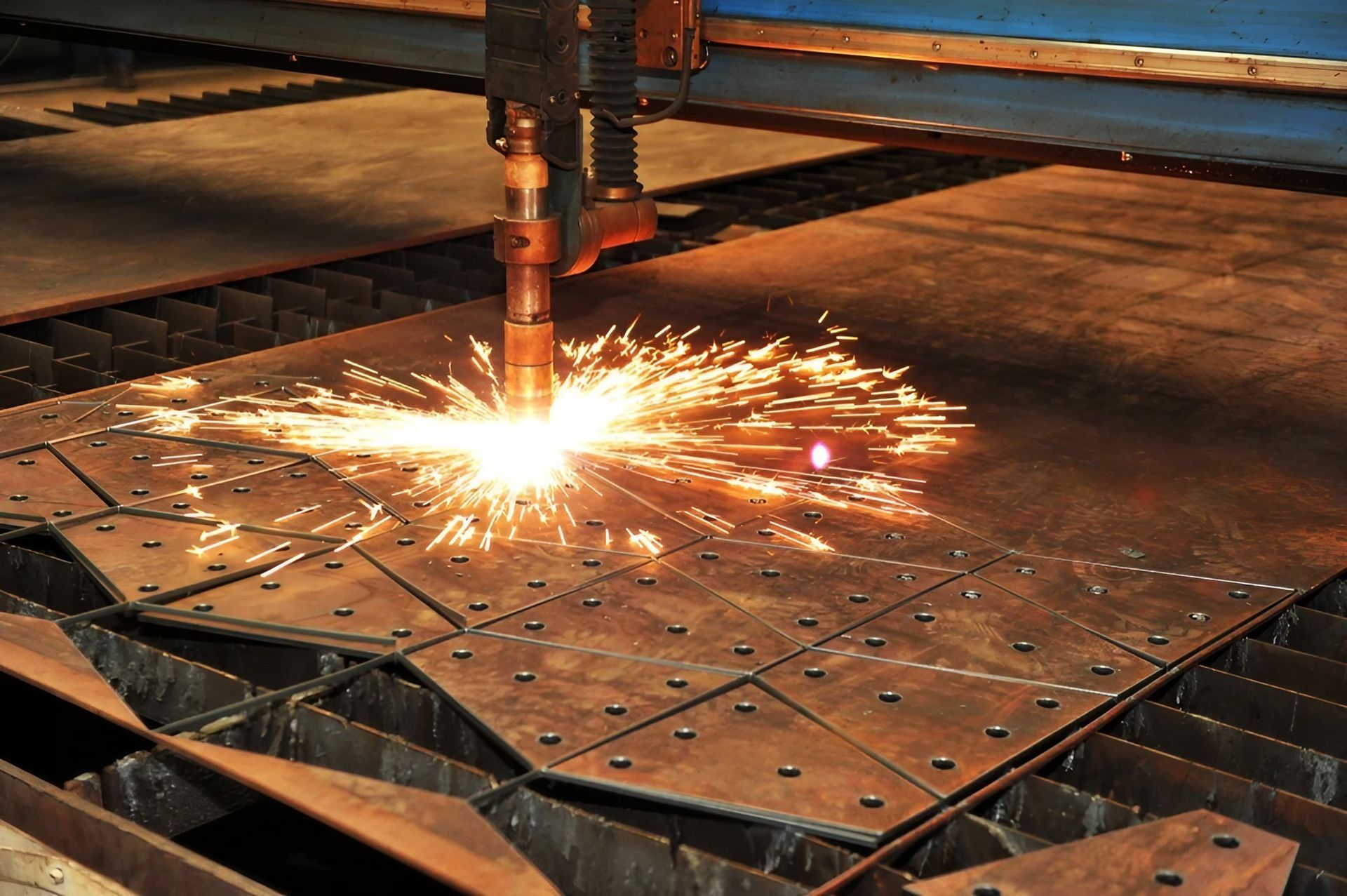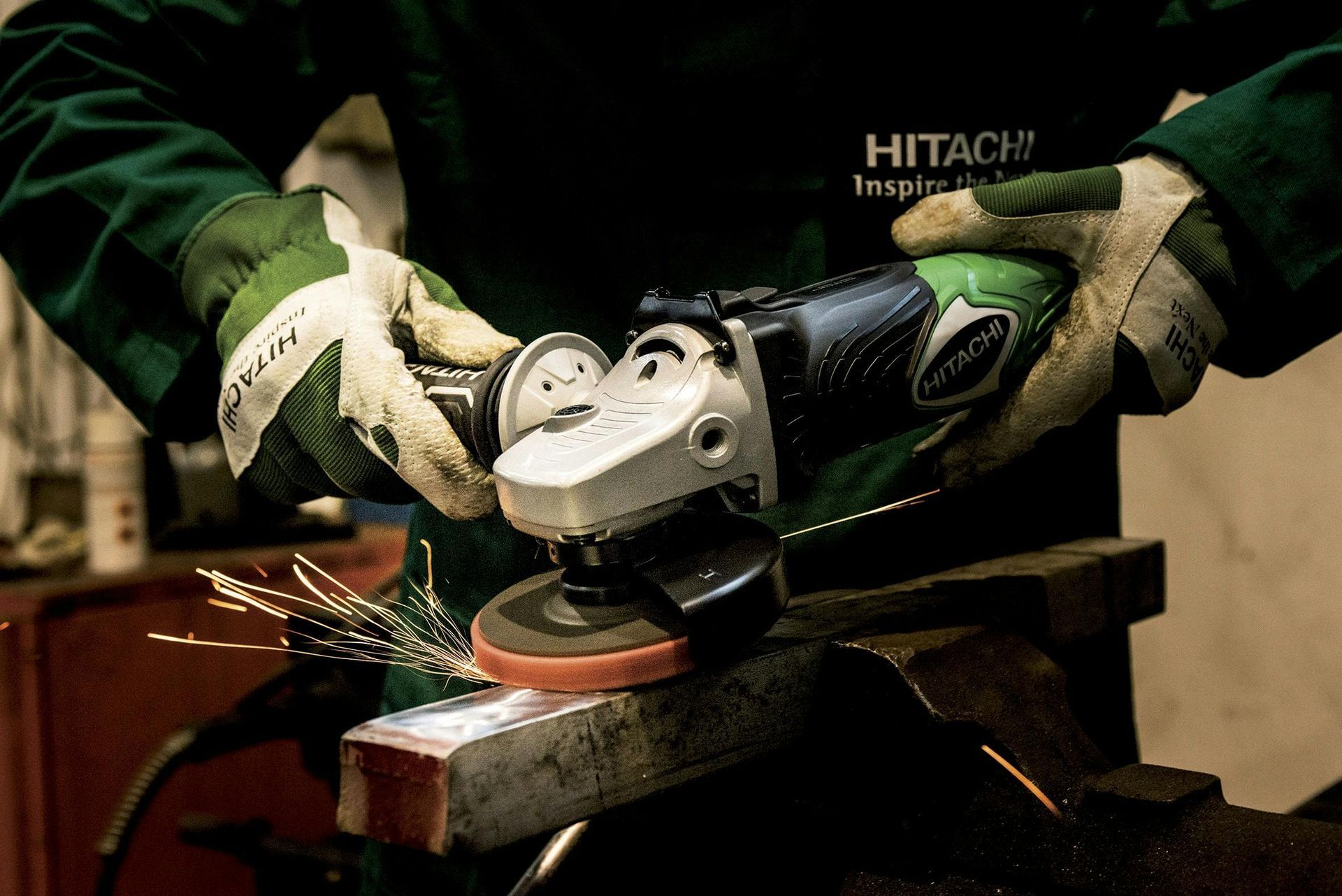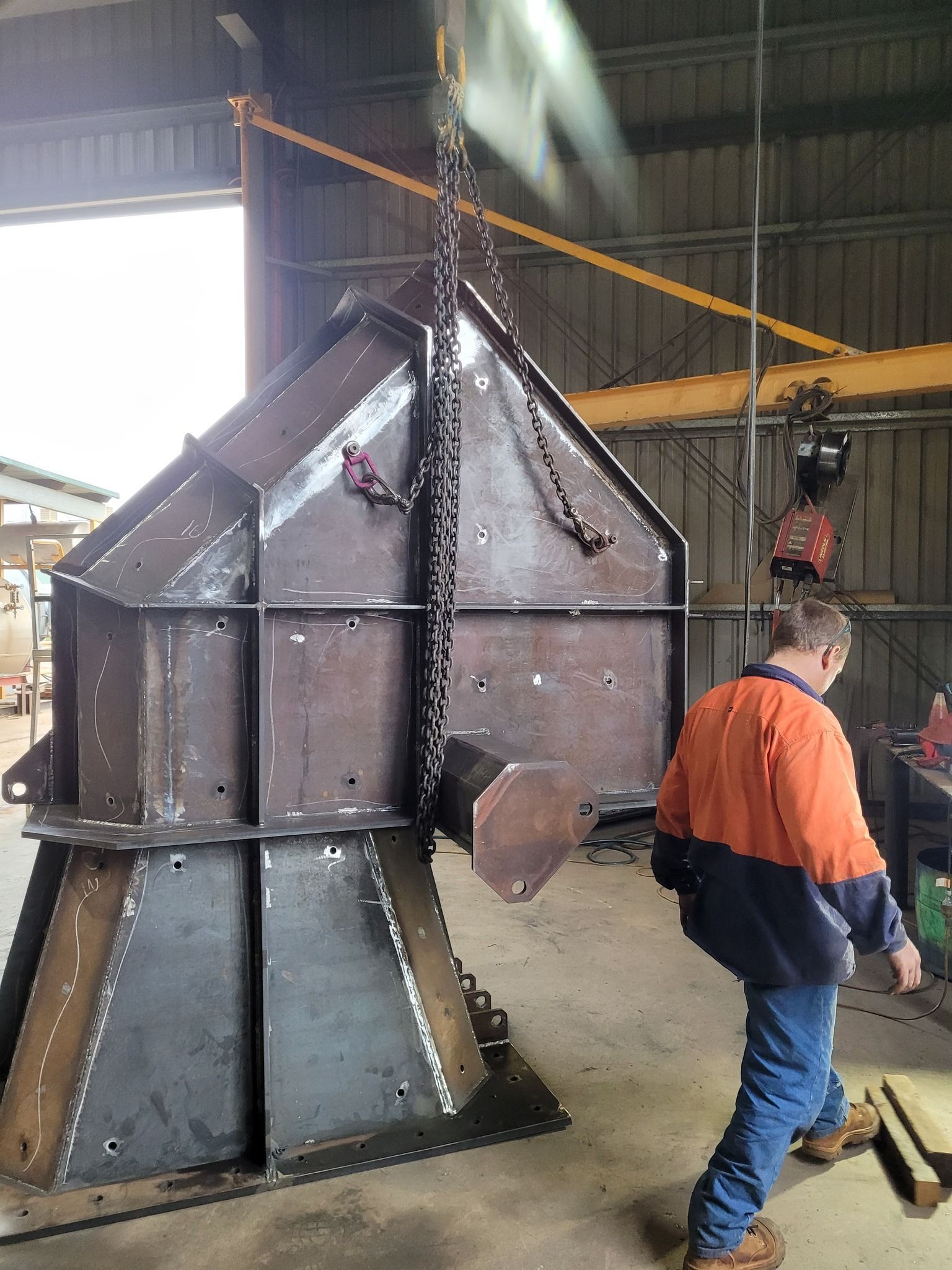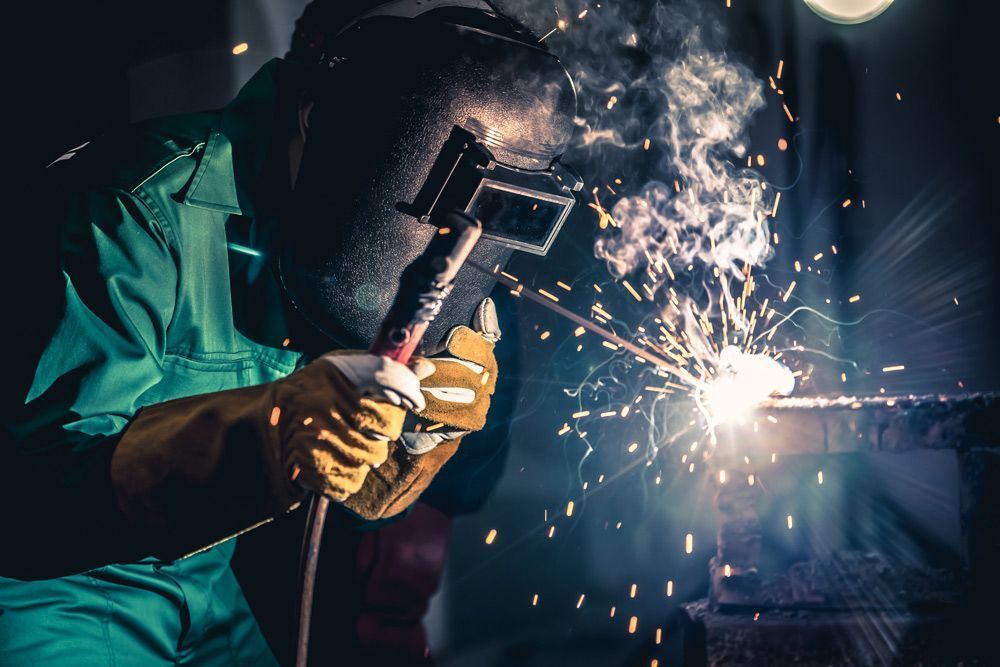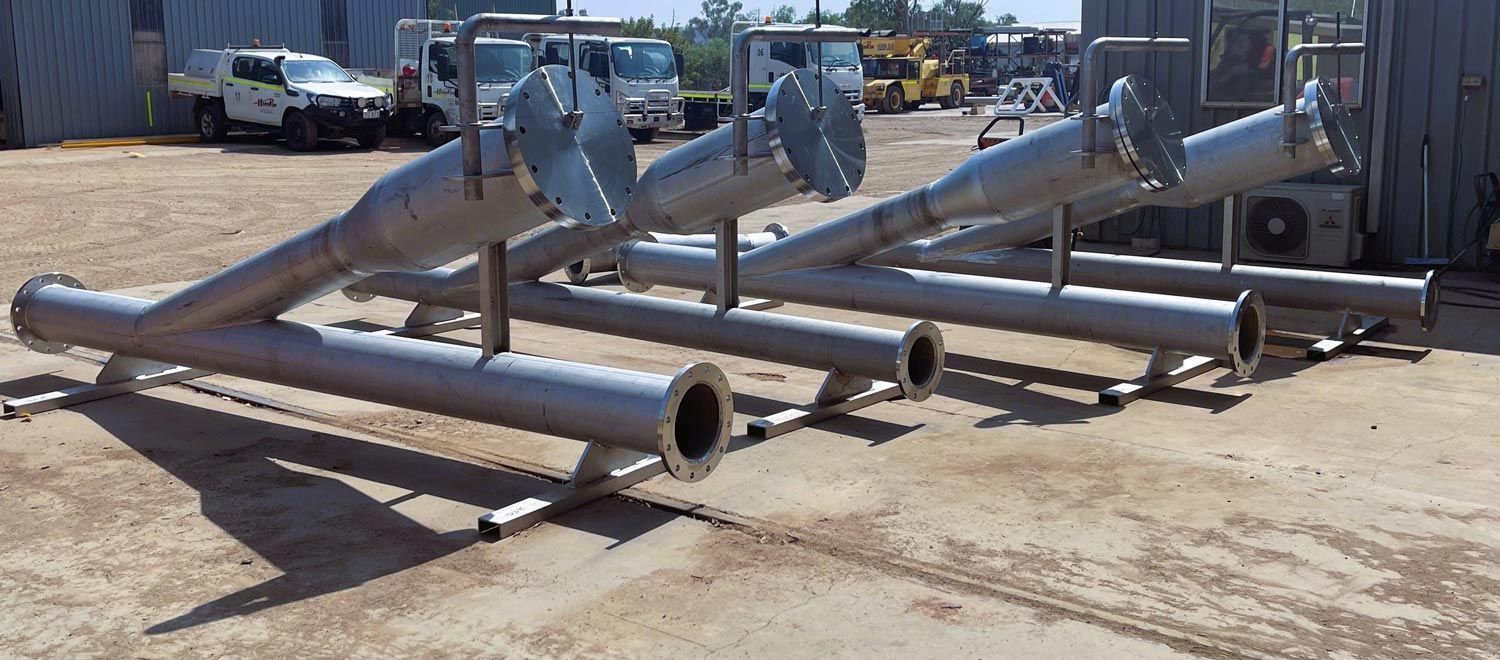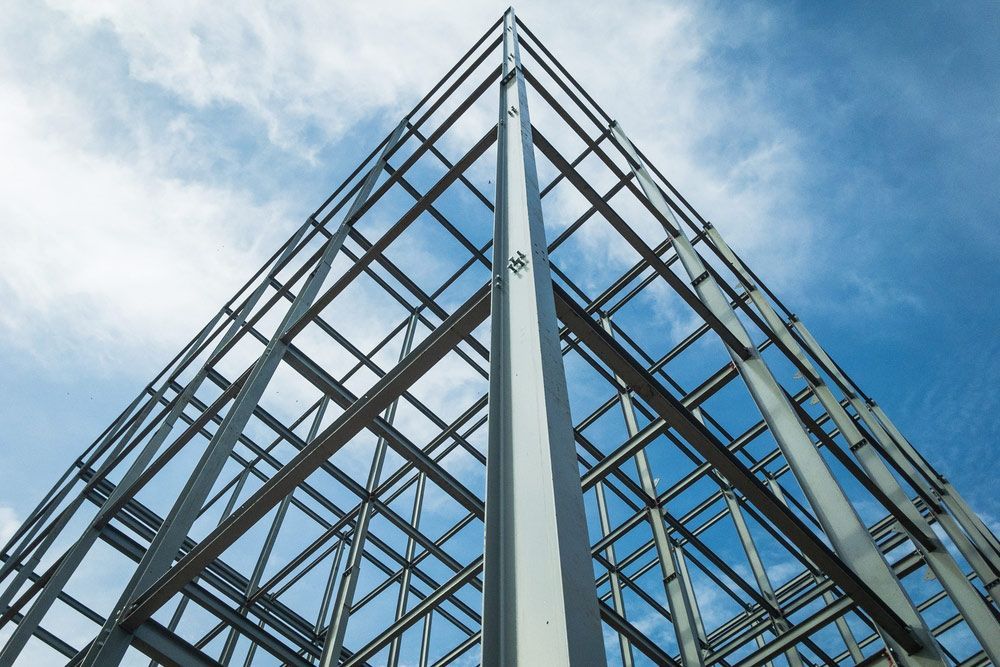Thermal Activity In Stainless Steel Compared To Other Metals
June 1, 2022
In the context of metals, thermal activity should be a prime consideration when deciding the material for your next project, no matter the sector or the scale that you’re working with. Some metals are big thermal conductors – meaning that high amounts of thermal energy can transport through them. Experts typically measure this in terms of watts (power) per kelvin (temperature) per metre (size of the metal), with strong conductors such as copper scoring well on this metric. However, some metals perform better with lower heat conductivity, especially in the construction world. One example is stainless steel.
Metals And Their Thermal Conductivity
Pure metals tend to have high thermal conductivity, and this is often advantageous in certain sectors – copper, as an example, does not just conduct high levels of heat, but also low levels. For ventures where keeping a low temperature is vital, such as refrigerating sensitive materials, copper is commonplace because it maintains and retains the necessary cold temperatures, with a rating of 400 watts per kelvin per metre. Conversely, stainless steel is an essential material when a project is in need of low thermal conductivity.
Looking at other similar metals first, pure aluminium fares noticeably better than its peers, but it still has a rating of around 235 in terms of conductivity. Aluminium alloys usually manage an even lower rating depending upon what they're alloyed with – but this is never as low as stainless steel, typically being about 100. Carbon steel boasts 45 watts per kelvin per metre, again higher than stainless steel but still an indicator of low conductivity, which can make it ideal for a wide range of uses.
Looking at other similar metals first, pure aluminium fares noticeably better than its peers, but it still has a rating of around 235 in terms of conductivity. Aluminium alloys usually manage an even lower rating depending upon what they're alloyed with – but this is never as low as stainless steel, typically being about 100. Carbon steel boasts 45 watts per kelvin per metre, again higher than stainless steel but still an indicator of low conductivity, which can make it ideal for a wide range of uses.
Thermal Conductivity Of Stainless Steel
Stainless steel has among the lowest thermal conductivity of any metal, roughly 15 watts per kelvin per metre. This makes it a bit more expensive than carbon steel, but also even more adept at resisting temperature – and that can often be a more important consideration, alongside its anti-corrosive properties. By resisting extreme temperatures on either side, stainless steel is a prime contender for Architecturally Exposed Structural Steel, a term referring to steel-based buildings which are open to the elements, alongside the wear and tear this could involve.
With this in mind, it’s essential to understand the role of stainless steel, and its temperature resistant nature, in construction. By choosing stainless steel and reducing the available heat transmission across a property, the resulting building will be more stable in the face of high, or low, temperatures. This allows it to last longer with fewer, if any, architectural concerns or risks of heat deformation. On top of this, the interior will be much more energy-efficient and provide lower operating costs.
With this in mind, it’s essential to understand the role of stainless steel, and its temperature resistant nature, in construction. By choosing stainless steel and reducing the available heat transmission across a property, the resulting building will be more stable in the face of high, or low, temperatures. This allows it to last longer with fewer, if any, architectural concerns or risks of heat deformation. On top of this, the interior will be much more energy-efficient and provide lower operating costs.
Stainless Steel Fabrication And Construction
Hardrok Engineering has a strong
stainless steel fabrication process, giving you the low-conductivity materials you’ll need to execute an energy-efficient construction
project. For more on our
fabrication services and for a free quote, you’re always welcome to
get in touch.


